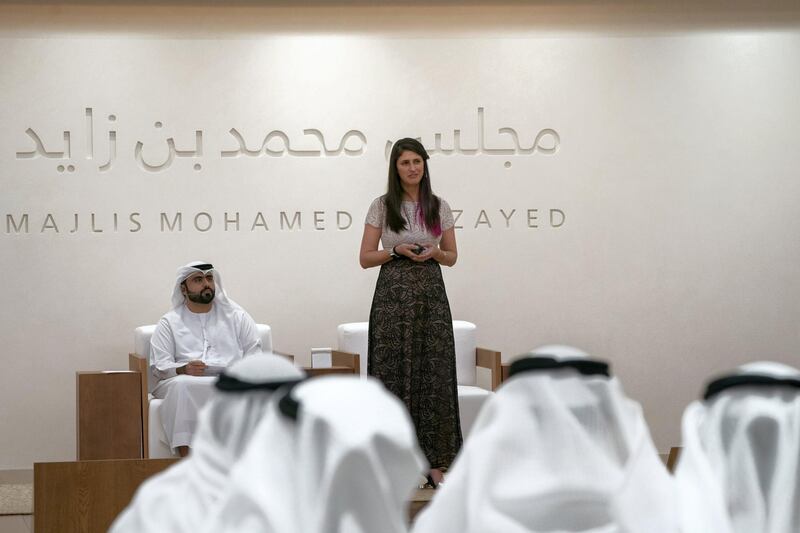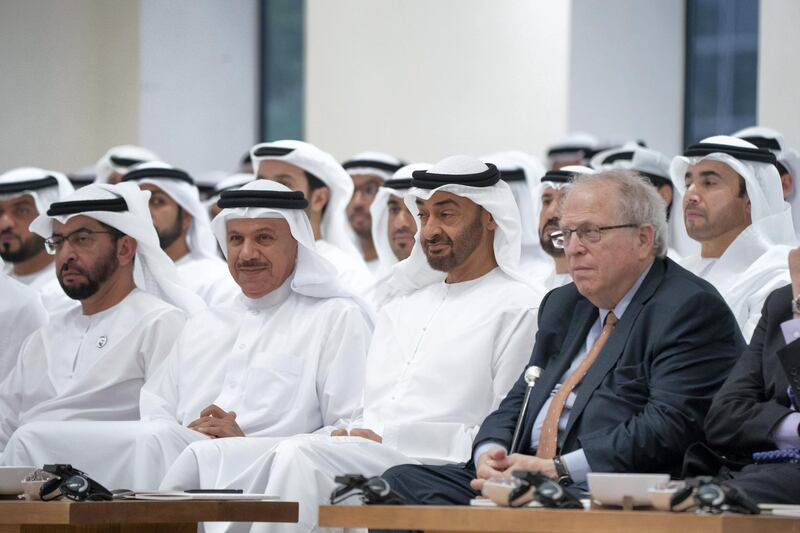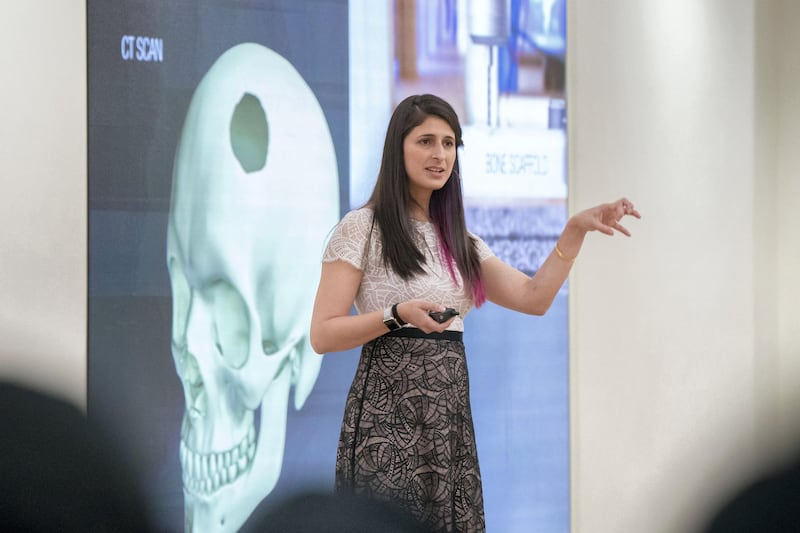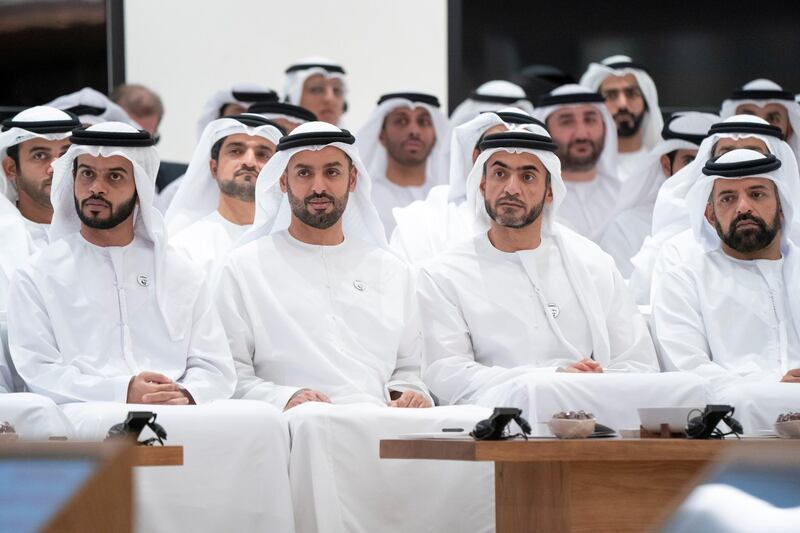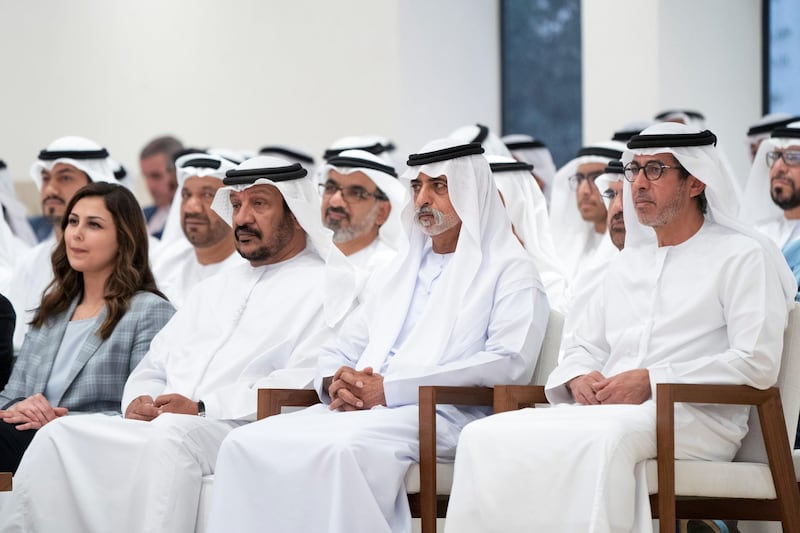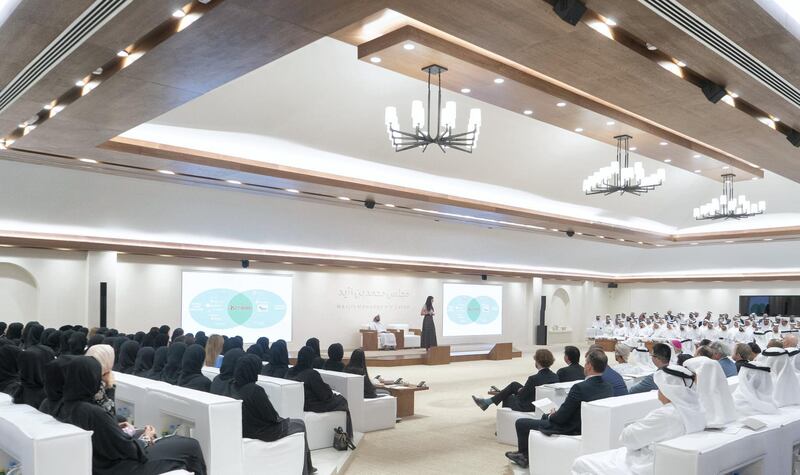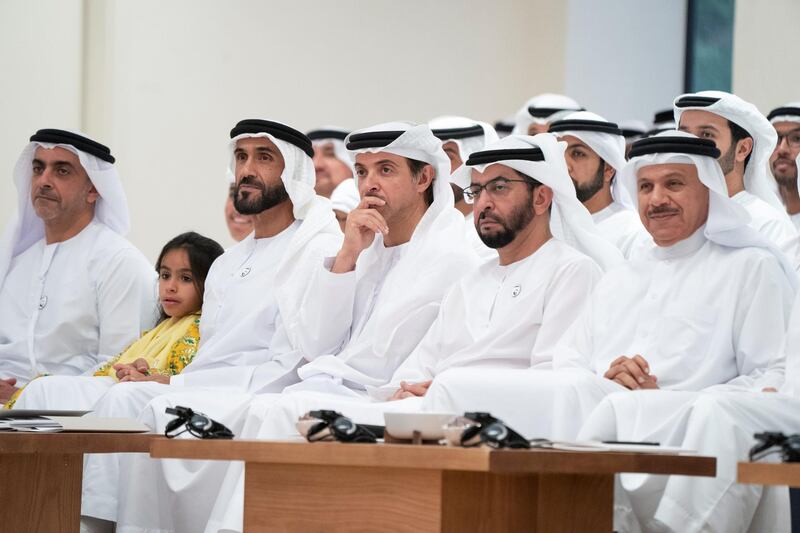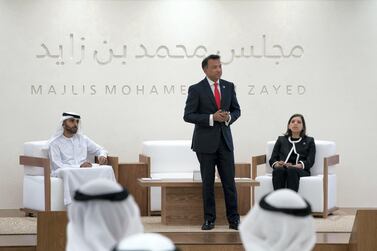A pioneering scientist is aiming to harness the power of the human body by using a patients' own stem cells to 'grow' new bone tissue.
While the revolutionary technique might seem more at home in a science fiction novel than a medical journal to many, Nina Tandon, CEO and co-founder of Epibone, believes the brave new world is already upon us.
During a Mohamed bin Zayed Majlis lecture in Abu Dhabi, entitled Cellular Ateliers: Regenerative Medicine and the Body Shop of the Future, Ms Tandon said unlocking the remarkable regenerative qualities of human cells to reconstruct bones and cartilage could lead to more efficient surgeries and faster recovery times for patients.
“Instead of thinking of ourselves as mechanics treating our bodies like robots we should think of our bodies as eco-systems,” said Ms Tandon, a TED Senior Fellow with a PhD in biomedical engineering from New York.
“Cells of the human body regenerate 10,000 more energy than the sun.”
Ms Tandon explained how technology and biomedical engineering can be used to repair the body from within.
After a scan is taken of the bone defect, to work out its exact size and shape, stem cells are taken from a patient's fat cells before being placed in an incubator where they can grow on a frame made out of animal bone and cartilage.
The newly-created tissue can then be placed in the body, ensuring patient do not to have bone transplanted from elsewhere in the body or have synthetic materials used in surgery, as is common in hip replacement.
“Imagine that we don’t have a problem with infrastructure because bridges can repair themselves,” said Ms Tandon.
“It sounds very futuristic but I hope to convince you that you that you are not far from this at all - because it is the world that we already live in.”
She cited examples of scientists who developed methods for body parts to repair themselves. Those include a tissue engineered bladder in 2011, a technology for vascular repair, and a yoghurt that glows green once it reaches cancer cells.
“So you can imagine the next step of colonoscopy; there will be a yoghurt that we can eat to detect cancer," she said.
Nonetheless, self-repair therapy requires further research and clinical testing to become more feasible and accessible.
“We have only had a clinical trial [at EpiBone] approved three weeks ago,” she announced, drawing a cheer from the audience.
EpiBone has raised $15 million from government and private sources to develop research, and they have established partnerships with various bodies including Cleveland Clinic Abu Dhabi.
“We hope that this leads to faster surgeries and recoveries,” she said.
Furthermore, self-repair treatment is expected to be more effective and less costly than replacement surgeries.
“It is important for us to realise that the approach we are taking right now [of traditional medicine] doesn’t really work; only 40 per cent of prescribed drugs work.”
“So you have patients trying this and that, which is very expensive; so personalised treatment does not need to be more expensive if it has higher efficiency than traditional methods.”
